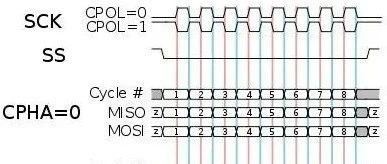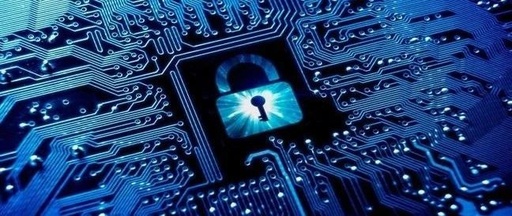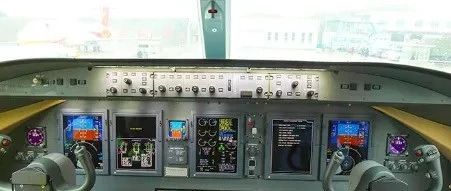Key Technologies and Development Trends of Industrial Real-Time Operating Systems
The article “Key Technologies and Development Trends of Industrial Real-Time Operating Systems” by Meng Yan, Li Mingshi, and Deng Changyi from the National Industrial Information Security Development Research Center was published in the 3rd issue of 2024 in “New Industrialization”. The full text is shared as follows: Key Technologies and Development Trends of Industrial Real-Time … Read more








